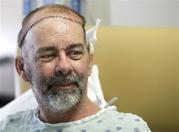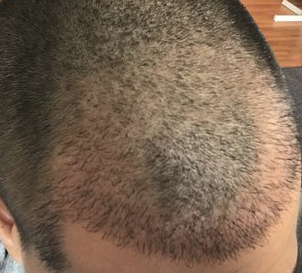I have a two part question. First, If a person is experiencing hair loss who would you advise them to go see first, a dermatologist or a hair specialist? My other question is about Proscar. I know that some dermatologists as well as other doctors prescribe Proscar to treat men with male pattern baldness even though it is only FDA approved for BPH. I am thinking about taking Proscar instead of Propecia due to the difference in cost and am just wondering if finding a dermatologist that would prescribe Proscar to someone who is 21 years old be akin to trying to find a needle in a haystack
Your first stop for hair loss is best done at a dermatologist’s office provided that he/she shows an interest in this type of problem. Your caring family doctor also works and throughout the US there are many hair transplant doctors who are skilled in diagnosis. I routinely prescribe generic Proscar (5mg finasteride) and instruct the patient to cut the pill into quarters.
I am in Los Angeles, not too far from where you indicated that you live, so I am not a needle in the haystack. I’ll point you now to my website for information, including phone number and address. Take a nice drive and pay me a visit.
2009-07-09 12:31:492009-07-07 13:46:21Finding a Doctor to Prescribe Proscar for Hair Loss

 For those readers not familiar, Finpecia is a generic Propecia (1mg finasteride) made in India by Cipla — the generic 1mg isn’t available legally in the US yet due to patent laws. And just like Propecia, it does not continuously work for everyone. Many men on finasteride will see results for 5-10 years (or beyond), but each case is different. You need to see your prescribing doctor about the reduced impact of this drug. I think you should still stay on the medication, because if you stop it you will likely lose a great deal of hair.
For those readers not familiar, Finpecia is a generic Propecia (1mg finasteride) made in India by Cipla — the generic 1mg isn’t available legally in the US yet due to patent laws. And just like Propecia, it does not continuously work for everyone. Many men on finasteride will see results for 5-10 years (or beyond), but each case is different. You need to see your prescribing doctor about the reduced impact of this drug. I think you should still stay on the medication, because if you stop it you will likely lose a great deal of hair.
